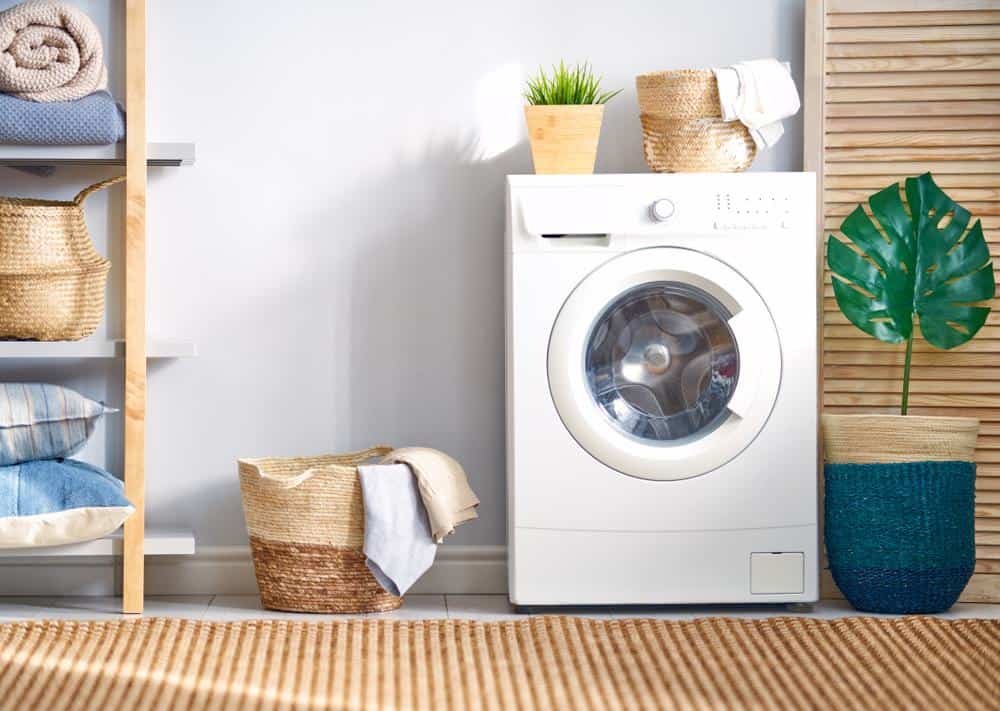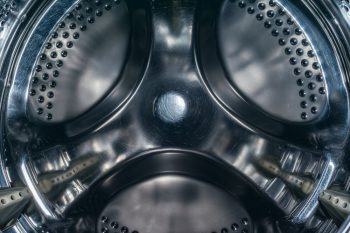
A washing machine fill hose is an essential component of your laundry setup, but one that is often overlooked until there’s a problem. This flexible pipe connects your washing machine to the water supply, allowing water to flow into the machine during the wash cycle. But what exactly is a washing machine fill hose, what are its functions, and how do you maintain it? Let’s dive in.
A washing machine fill hose is a flexible pipe that connects your washing machine to the water supply, allowing water to flow into the machine during the wash cycle. They usually come in pairs for hot and cold water, and are typically made of materials like reinforced rubber or stainless steel. These hoses are attached to the water inlet control valve on the washing machine, which controls the inflow of water.
Understanding the Washing Machine Fill Hose
Washing machine fill hoses typically come in pairs, with one for hot water and another for cold water. They are usually made of reinforced rubber or other materials like stainless steel braided PTFE, which are known for their durability. Some washing machines may come with anti-flood fill hoses, which have built-in flood protection mechanisms. The standard length of a washing machine hose varies by model and manufacturer, but generally, they are between three to five feet long.
The fill hose is attached to the water inlet control valve, which is located near the water inlet point on the washing machine. The water inlet control valve opens and closes automatically, allowing hot and cold water to enter the machine as needed.
Types of Washing Machine Fill Hoses
There are several types of washing machine fill hoses available on the market. These include:
- Rubber Hoses: These are the most common type and are relatively inexpensive. However, they are less durable and lose much of their flexibility over time.
- Reinforced Rubber Hoses: Similar to standard rubber hoses but with added reinforcement for increased durability.
- Stainless Steel Braided Hoses: These hoses are very durable, burst-proof, and have better water flow.
- PVC Hoses: Made from hard plastic or PVC material, these offer an alternative to rubber and stainless steel hoses.
- Auto-Shutoff Hoses: These hoses come with a built-in shutoff mechanism that automatically stops the water flow in case of a leak or burst.
Installing or Replacing a Washing Machine Fill Hose
Installing or replacing a washing machine fill hose is a relatively straightforward process. First, you’ll need to turn off the water supply, then disconnect the old hoses from the washing machine and the shut-off valves. After inspecting the new hoses for any visible damage or defects, connect them to the water supply valves, then to the washing machine’s inlet ports. Remember to attach the hot water hose to the hot water port and the cold water hose to the cold water port. Once connected, turn the water supply back on and check for any leaks.
Common Issues and Maintenance
Like any other component, washing machine fill hoses can develop issues over time. These can include kinks or bends that restrict water flow, clogs, leaks, and general wear and tear. To prevent these issues, it’s essential to inspect the hoses regularly, unclog or straighten them if necessary, and replace leaking, punctured, or rusted hoses. Additionally, cleaning the water intake filters can help maintain proper water flow.
In conclusion, a washing machine fill hose is a small but vital part of your laundry setup. By understanding its function, types, installation process, and potential issues, you can ensure your laundry routine runs smoothly and efficiently. Don’t forget to replace your washing machine hoses every 3 to 5 years and check them for damage or leaks annually as part of your regular plumbing maintenance.
Frequently Asked Questions
Can I install a washing machine fill hose by myself or should I hire a professional?
Installing a washing machine fill hose is a relatively simple process that most homeowners can handle on their own. However, if you’re not comfortable doing it yourself or if you encounter any issues, it’s always a good idea to hire a professional to ensure the job is done correctly and safely.
How often should I inspect my washing machine fill hoses?
It’s recommended that you inspect your washing machine fill hoses at least once a year. However, if your washing machine is heavily used, you might want to inspect them more frequently to catch any potential issues early.
What signs should I look for when inspecting my washing machine fill hoses?
When inspecting your washing machine fill hoses, look for any visible signs of wear and tear, such as cracks, bulges, or leaks. Also, check for any kinks or bends that could restrict water flow.
What should I do if my washing machine fill hose is leaking?
If you notice a leak in your washing machine fill hose, it’s important to address the issue immediately to prevent water damage. First, turn off the water supply. Then, if the leak is small and the hose is otherwise in good condition, you might be able to repair it with a hose repair kit. However, if the leak is significant or if the hose is old or heavily worn, it’s best to replace it with a new one.
Can I use any type of washing machine fill hose for my washing machine?
While most washing machine fill hoses are standard size, it’s always a good idea to check your washing machine’s manual or consult with the manufacturer to ensure you’re using the correct type and size of hose. Different types of hoses may have different levels of durability and resistance to wear and tear, so choose one that best suits your needs and usage patterns.












